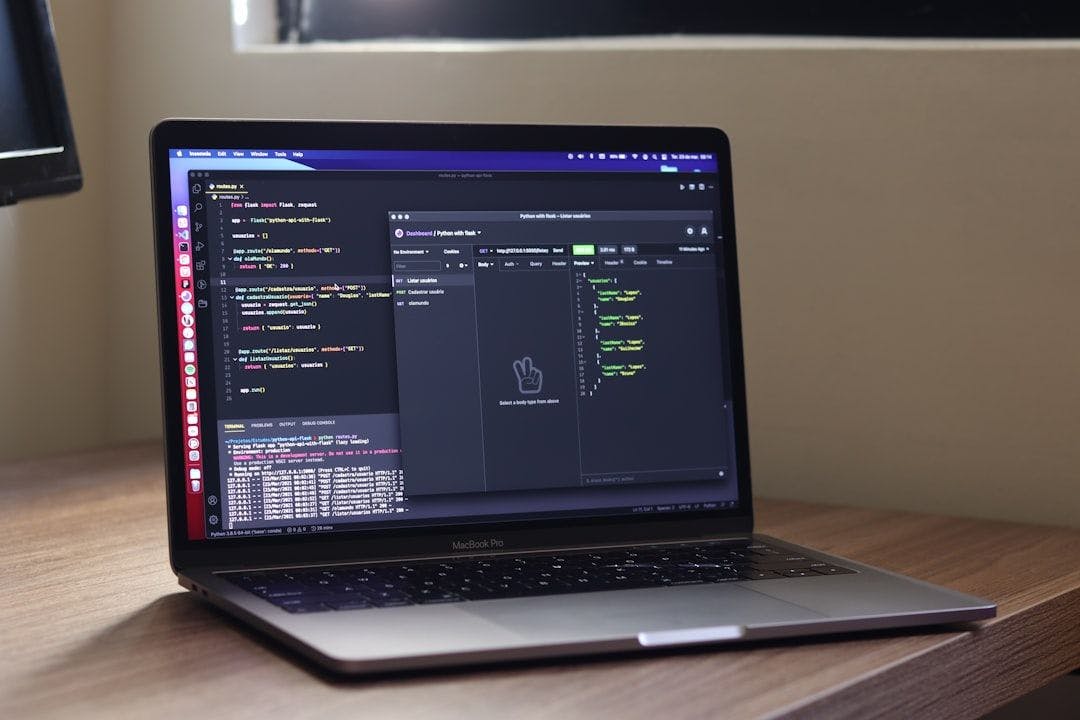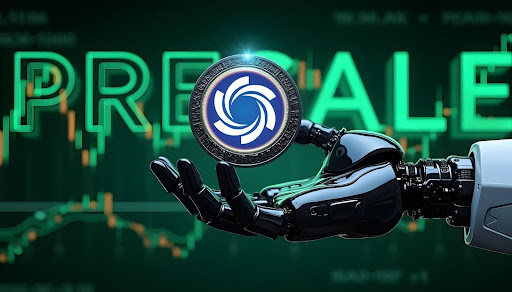5 APIs to Strengthen Your Video Editing SaaS

Smart API integrations can expand your feature set dramatically, without hiring or adding technical debt. Here are 5 of them.
The feature race in SaaS is real. Product managers and CTOs in fast-scaling video and audio platforms know the challenge: users expect pro-level tools like voice cloning, noise removal, subtitles and smart cuts, but the team is already stretched thin. In 2025, building these capabilities from scratch is no longer the most efficient route. Smart API integrations can expand your feature set dramatically, without hiring or adding technical debt.
Why SaaS teams can’t keep up (and why that’s okay)
The creator economy is exploding. The global content creator market (creator economy) is projected to experience robust growth by 2026: according to Exploding Topics, the creator economy is expected to grow from about $191.55 billion in 2025 to approximately $234.65 billion by 2026, reflecting a compound annual growth rate (CAGR) of 22.5% between 2023 and 2030.
This makes content creation one of the fastest-growing sectors in the digital economy, with multiple areas – creator platforms, digital content tools and content marketing – all contributing to this growth. More than 50 million creators demand platforms that help them edit faster, automate post-production and protect content from copyright issues. And they don’t just want filters and basic cuts anymore.
Expectations are high: podcasters want to remove background noise, video creators want to strip music from their uploads or auto-generate subtitles. Everyone is asking for TTS, voice-overs, stem separation, or clean audio and fast.
But building these features in-house means months of R&D, testing and iteration. Not every team has the bandwidth for that.
Luckily, API-first architecture is turning product teams into integrators rather than inventors. With the right partners, you can go from idea to implementation in days, not quarters.
Surging demand: why audio quality is a top priority for creator-focused SaaS
As the creator economy expands, so do user expectations. The global number of SaaS platforms is growing rapidly: estimates from Statista suggest there will be between 30,000 and 72,000 SaaS companies worldwide in 2025. Among them, creator-focused tools for video, audio, design, podcasting and monetization are among the fastest-growing segments. AI-driven SaaS solutions play a major role in this trend, with 95% of organizations projected to adopt at least one AI-powered SaaS application by 2025.
One of the most in-demand features across these platforms is audio cleanup, particularly noise removal and vocal clarity along with workflow automation (as it drives efficiency and reduces manual work) and integration & data management (being essential for managing large SaaS app portfolios).
A common question across SaaS help forums today is: “How can I quickly remove background noise or clean up audio inside my platform?”, highlighting just how critical audio quality has become for retaining users and staying competitive.
For instance, Wistia’s 2025 State of Video Report highlights wide adoption of AI in post-production editing such as voice dubbing and generating visuals, which include audio optimization features.
SaaS vendors that deliver robust, automated audio cleanup and noise removal continue to see high user satisfaction and retention rates, making this a top query and selling point for SaaS products in 2025.
For platforms trying to stay competitive, these expectations are hard to ignore.
Slate, a video editing SaaS, put it plainly when talking about LALAL.AI, the audio enhancement online tool: “The main reason we integrated LALAL.AI was because we saw our customers’ problem: they couldn’t post content because of the copyright music playing in the background, and the industry is ruthless.”
“We now have the [LALAL.AI-powered] feature, and it really keeps some of our sporting customers, as it’s the go-to part of their workflow. If you look at the features with the higher usage per user, it’s right up there,” they stated as well.
5 high-impact APIs to elevate your video or podcasting SaaS
By integrating these types of APIs, a video SaaS can offer a comprehensive solution that automates key workflows, enhances content quality and accessibility, and provides robust infrastructure for video delivery, ultimately elevating the user experience and platform capabilities.
1. LALAL.AI API – stem separation & noise removal
LALAL.AI API empowers developers to integrate high-quality stem separation and audio cleaning capabilities into their applications. Using proprietary AI models trained on a vast dataset, LALAL.AI API enables extraction of individual audio components, such as vocals, drums, bass, and other instruments, from any audio or video file. It also offers powerful noise and vocal removal tools, ideal for improving sound clarity in recordings, podcasts and archival content.
LALAL.AI API supports a wide range of use cases, from music production and remixing to audio restoration and content repurposing.
LALAL.AI API documentation on GitHub
- Type: AI-powered audio cleanup and vocal isolation APIs;
- Use cases: creating “mute” versions, isolating vocals, automatic audio cleaning, removing background noises to deliver cleaner, more flexible audio tracks;
- For users: audio cleanup auto-mode similar to the one in Waveroom commonly found in podcasting SaaS platforms:
- Ideal for: fast processing and simple, white-label friendly integration.
2. AssemblyAI – speech-to-text & smart highlights
AssemblyAI API offers a robust suite of AI models for transcribing and analyzing audio and video content, supporting over 99 languages. Beyond speech-to-text conversion, AssemblyAI enables audio intelligence features such as sentiment analysis, speaker detection, topic segmentation, PII redaction, and content moderation. With its LeMUR endpoint, it integrates large language models for deeper reasoning tasks like summarization and Q&A. For real-time needs, the Universal-Streaming API delivers fast, low-latency transcription ideal for live voice applications.
- Type: AI-powered speech-to-text (transcription) APIs;
- Use cases: auto-captioning, searchable transcripts, auto-tagged highlights;
- For users: seamless subtitle generation and smart cuts from long content;
- Ideal for: online course platforms, video editors, webinar SaaS.
3. Loom API (and its AI add-on) – transcribing video content & auto-generating video metadata
Loom API provides developers with limited access to Loom’s video platform, primarily focused on enabling video creation through Loom Record SDK. While it does not offer a comprehensive open API for managing user data or video libraries, it allows seamless embedding of Loom’s recording functionality, such as screen, camera, and audio, into third-party web applications. The API supports video creation and instant sharing without requiring users to sign in or create a Loom account, streamlining workflows and enhancing in-app communication. Ideal for platforms looking to integrate lightweight, user-friendly video messaging without building recording infrastructure from scratch.
- Type: AI-powered video transcription and summarization API;
- Use cases: auto-transcribing videos, generating titles, summaries, chapters and transcript-based editing;
- For users: simplified content editing and improved discoverability without manual effort;
- Ideal for: screen recording tools, internal training platforms, async communication SaaS.
4. Resemble.ai API – voice cloning & TTS
Resemble.ai API offers advanced text-to-speech (TTS) capabilities, voice cloning from audio samples and real-time speech generation. Developers can fine-tune speech output with emotion control, multilingual support and granular audio editing tools. With its focus on flexibility and realism, Resemble.ai API makes it easy to integrate high-quality synthetic voices into any product or workflow requiring dynamic voice content.
- Type: AI-powered voice synthesis and text-to-speech API using cloned voices;
- Use cases: generating custom voice-overs from scripts, personalizing audio at scale;
- For users: unique narration, dynamic and branded audio content without hiring voice actors;
- Ideal for: ad tech platforms, storytelling apps, branded video creation tools;
5. Krisp SDK – real-time noise suppression
Krisp SDK/API enables developers to integrate industry-leading noise, voice and echo cancellation directly into their applications. Powered by advanced AI audio processing, Krisp removes background noise, eliminates echo and enhances voice clarity in real time making it ideal for communication tools, conferencing apps and voice platforms. The SDK is lightweight, cross-platform and optimized for low-latency performance, ensuring high-quality audio without sacrificing speed or device resources.
- Type: AI-based noise cancellation SDK for live audio streams;
- Use cases: removing background noise during live calls, meetings, and live recordings;
- For users: enhanced call clarity and professional-sounding audio in real time;
- Ideal for: video conferencing apps, webinar platforms, virtual event tools.
Why API integrations are a force multiplier for SaaS teams
APIs (Application Programming Interfaces) allow software systems to communicate using standardized rules. For SaaS providers, exposing APIs means enabling external apps to access and interact with their services without needing to understand the internal code.
Integrating APIs into SaaS platforms isn’t just a technical upgrade: it’s a strategic move that drives speed, efficiency and long-term growth. Here’s why modern SaaS teams can’t afford to overlook it:
Reduced manual workflows
Around 81% of organizations automate at least one business process using SaaS applications, cutting manual effort and improving efficiency. Fewer manual processes mean fewer errors and increased operational efficiency across departments;
Scalability on demand
As businesses grow, SaaS API integrations make it easy to add new tools and services without disrupting existing systems. Companies save 3 to 6 months of development and engineering time by using unified APIs and embedded integration platforms instead of building custom features from scratch;
Faster time to market
API integrations significantly shorten development timelines: new features can be launched in weeks rather than quarters. Statistics from recent research on SaaS API integrations show that utilizing APIs can accelerate a SaaS platform’s time to market by saving 3 to 6 months of development and engineering time compared to building custom integrations from scratch. Since no in-house machine learning (ML) or complex R&D is needed, businesses avoid costly cycles and accelerate innovation.
As one LALAL.AI’s client, Slate, a video editor SaaS, explains:
“The main reason we integrated LALAL.AI was because we saw our customers’ problem: they couldn’t post content because of the copyright music playing in the background, and the industry is ruthless.”
Improved customer retention and product stickiness
Frequent, visible feature releases made possible by APIs enhance the customer experience, increasing satisfaction and perceived value. This leads to higher user engagement, longer retention and greater lifetime value (LTV). For instance, 50% of businesses say AI helps them offer 24/7 customer support, and 45% report time savings, both of which relate to API-enabled automation. Also, 77% of CRM leaders believe AI, often accessed via APIs, will handle most customer ticket resolutions by 2025, improving response speed and resolution times.
As Slate puts it: “We now have the [LALAL.AI-powered] feature, and it really keeps some of our sporting customers, as it’s the go-to part of their workflow. If you look at the features with the higher usage per user, it’s right up there.”
Choosing the right API partner: a quick checklist
Not all APIs are created equal. To ensure smooth implementation, scalability and long-term value, it’s crucial to evaluate potential API partners beyond just functionality.
Here’s a quick checklist of what to look for when selecting the right API provider for your SaaS platform:
- Sandbox or free quota for testing
- Clear, reliable documentation
- Fast, simple integration process
- Developer support + fast response time
- White-label and branding options
Final thoughts: build less, launch more
In the era of API-first product development, the most efficient teams are not the ones who build everything in-house, but those who integrate wisely. Today’s leading video and podcasting SaaS platforms act as orchestrators: connecting best-in-class tools, reducing internal workload, and keeping users happy.
Stop waiting for bandwidth. Build the feature your users asked for without making them wait.
Start with one API, measure the impact, and scale from there.



